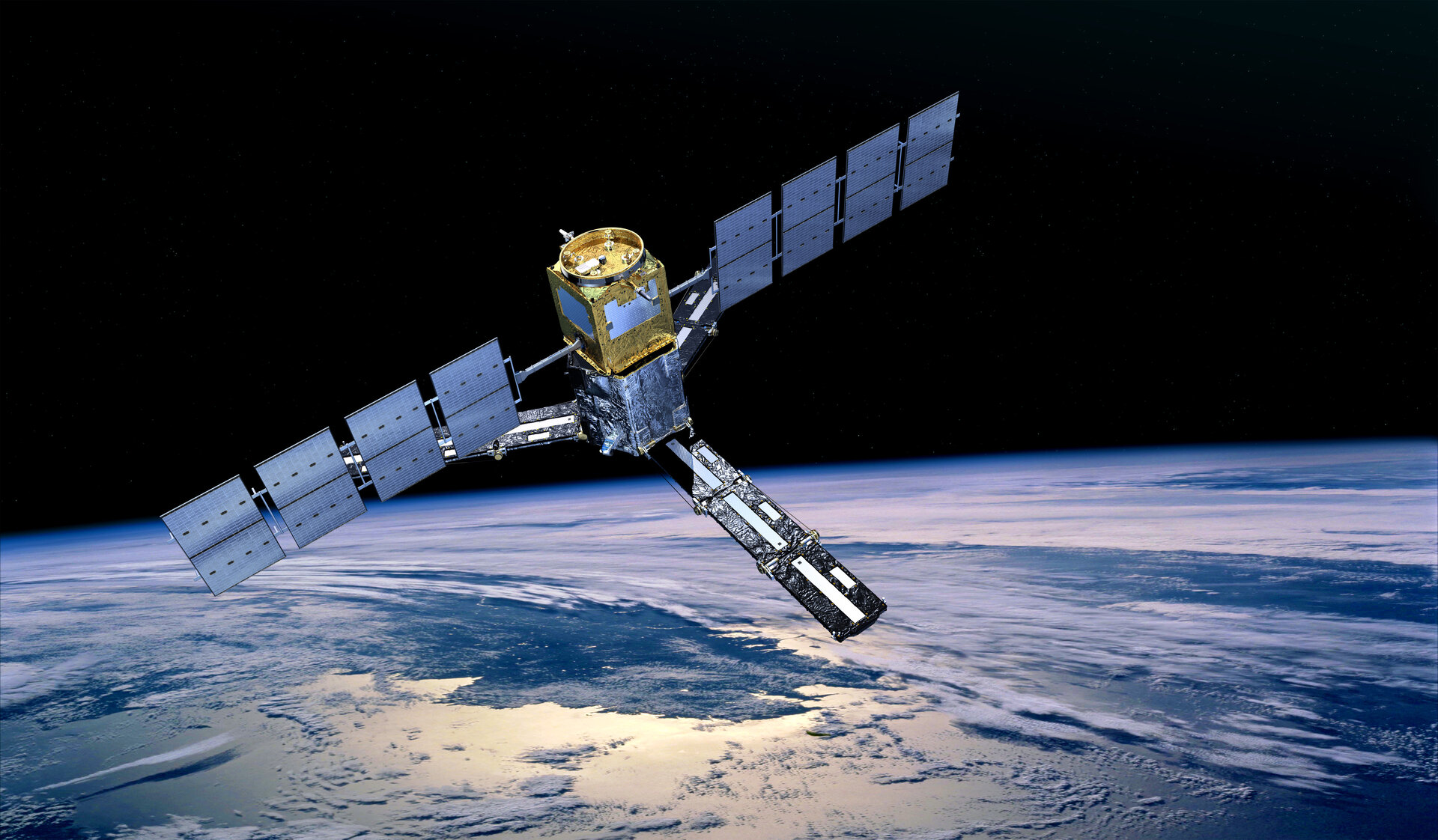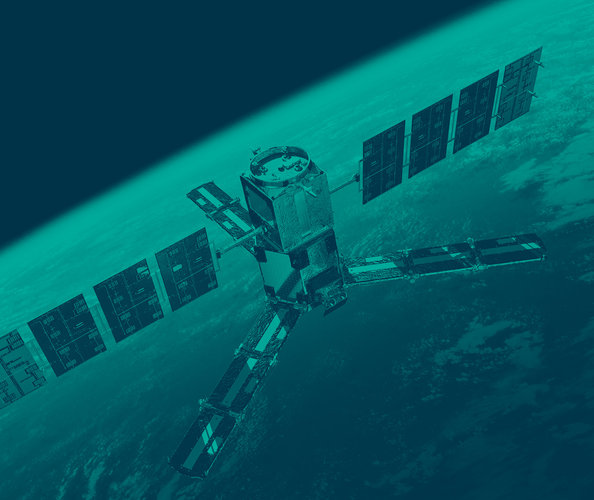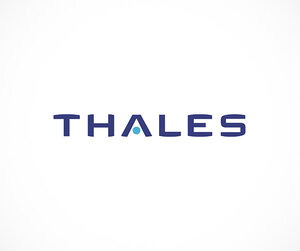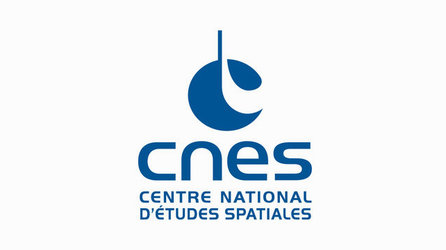SMOS launch nearing: Media Day at ESA/ESRIN
ESA PR 25-2009. On Wednesday 21 October, media representatives will have the opportunity to attend an in-depth briefing at ESA’s ESRIN establishment in Frascati near Rome on the upcoming mission of SMOS, ESA’s Soil Moisture and Ocean Salinity satellite scheduled for a Rockot launch from Plesetsk, Russia on 2 November at 02:50 CET.
ESA’s Director of Earth Observation Programmes Volker Liebig, together with other European experts from participating space agencies and industry, will present the SMOS mission and its scientific objectives and will be available for interviews.
Following the successful launch of GOCE on 17 March, SMOS will be the European Space Agency’s second Earth Explorer satellite under its Living Planet Programme to go into orbit. After the successful launch in 2002 of Envisat, the largest Earth observation satellite ever built, ESA started developing the Earth Explorer series of missions to provide a moderate-cost, fast response to important scientific challenges using cutting-edge technologies.
SMOS will primarily observe soil moisture over the Earth's landmasses and salinity over the oceans. Soil-moisture data are urgently required for hydrological studies; ocean-salinity data are vital for improving our understanding of ocean circulation patterns. Data from SMOS will lead to a better understanding of the Earth's water cycle and to better weather and extreme-event forecasting and will contribute to seasonal-climate forecasting. As a secondary objective, SMOS will also provide observations over snow and ice regions, contributing to study of the cryosphere.
One innovative feature of this mission is that it will demonstrate a new measuring technique adopting a completely different approach to observing the Earth from space. The truly novel MIRAS payload instrument which has been developed is capable of observing both soil moisture and ocean salinity by capturing images of microwave radiation emitted from the Earth’s surface around a frequency of 1.4 GHz (L-band). SMOS will carry the first ever polar-orbiting, space-borne, 2D interferometric radiometer.
The programme for the SMOS Media Day on 21 October at ESA/ESRIN will run as follows:
09:00 – 11:00 Transfer from Rome airports (Fiumicino, Ciampino) to ESA/ESRIN
10:00 – 11:00 Registration
11:00 ESA’s Earth Observation Programmes (including update on GOCE and ESA’s Climate Change Initiative) Volker Liebig, Director of Earth Observation Programmes, ESA
11:15 The SMOS mission Susanne Mecklenburg, SMOS Mission Manager, ESA
11:25 The French role in SMOS François Bermudo, SMOS Project Manager, CNES
11:35 The Spanish role in SMOS Jorge Lomba, Head of the ESA Programmes Department, CDTI
11:45 The scientific objectives of SMOS Matthias Drusch, SMOS Mission Scientist, ESA
11:55 Latest update on SMOS launch preparations in Plesetsk Achim Hahne, SMOS Project Manager, ESA
12:15 Question & Answer session
12:45 – 14:00 Individual interview opportunities
12:45 – 14:00 Buffet lunch
14:00 End of event Transfer to Rome airports
Media representatives wishing to attend this event are kindly requested to fill in the registration form linked on the right and email or fax it back by Monday 19 October to:
Dieter Isakeit
Head of the ESA-ESRIN Corporate Communication Office
Via Galileo Galilei
00044 Frascati, Rome
Email: dieter.isakeit@esa.int
Fax +39 06 941 80 952
Tel: +39 06 941 80 950















 Germany
Germany
 Austria
Austria
 Belgium
Belgium
 Denmark
Denmark
 Spain
Spain
 Estonia
Estonia
 Finland
Finland
 France
France
 Greece
Greece
 Hungary
Hungary
 Ireland
Ireland
 Italy
Italy
 Luxembourg
Luxembourg
 Norway
Norway
 The Netherlands
The Netherlands
 Poland
Poland
 Portugal
Portugal
 Czechia
Czechia
 Romania
Romania
 United Kingdom
United Kingdom
 Slovenia
Slovenia
 Sweden
Sweden
 Switzerland
Switzerland

































